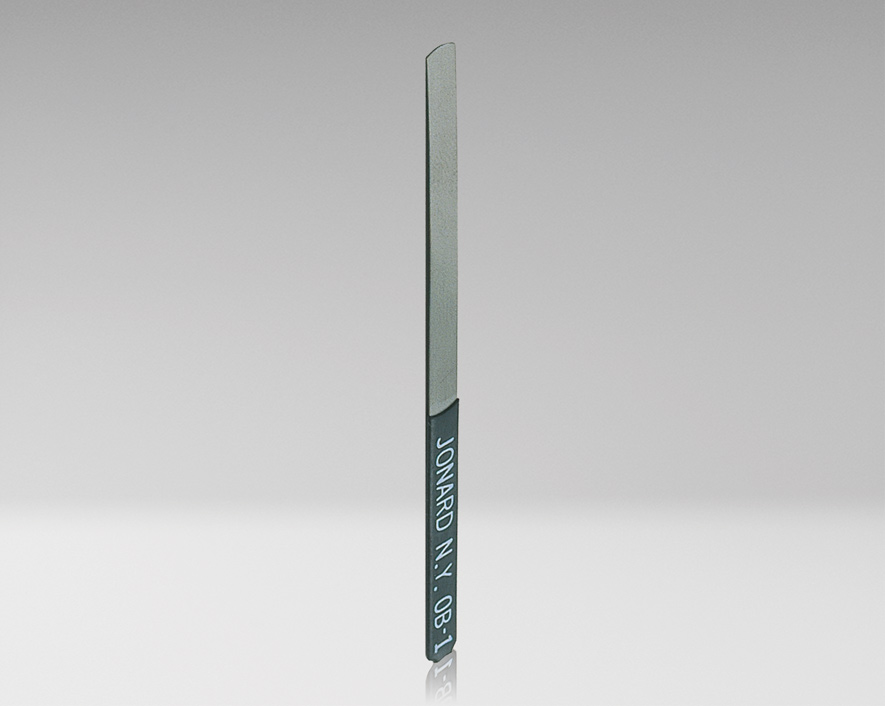The resistive plug does absorb energy (ie voltage does drop across the resistive part) so the spark will not have as much energy.
If an ignition system is designed to use a resistive plug, the sparking energy will be what the designer wanted.
If an ignition system is designed to not use a resistive plug, and a resistive plug is used, the spark energy will be reduced.
I don't think it is reduced enough to significantly affect combustion.
(My personal guess is that a slightly weakened spark might not cause the flame front to start as quickly)
I hope there are others who will add their thoughts!
Dennis
If an ignition system is designed to use a resistive plug, the sparking energy will be what the designer wanted.
If an ignition system is designed to not use a resistive plug, and a resistive plug is used, the spark energy will be reduced.
I don't think it is reduced enough to significantly affect combustion.
(My personal guess is that a slightly weakened spark might not cause the flame front to start as quickly)
I hope there are others who will add their thoughts!
Dennis

